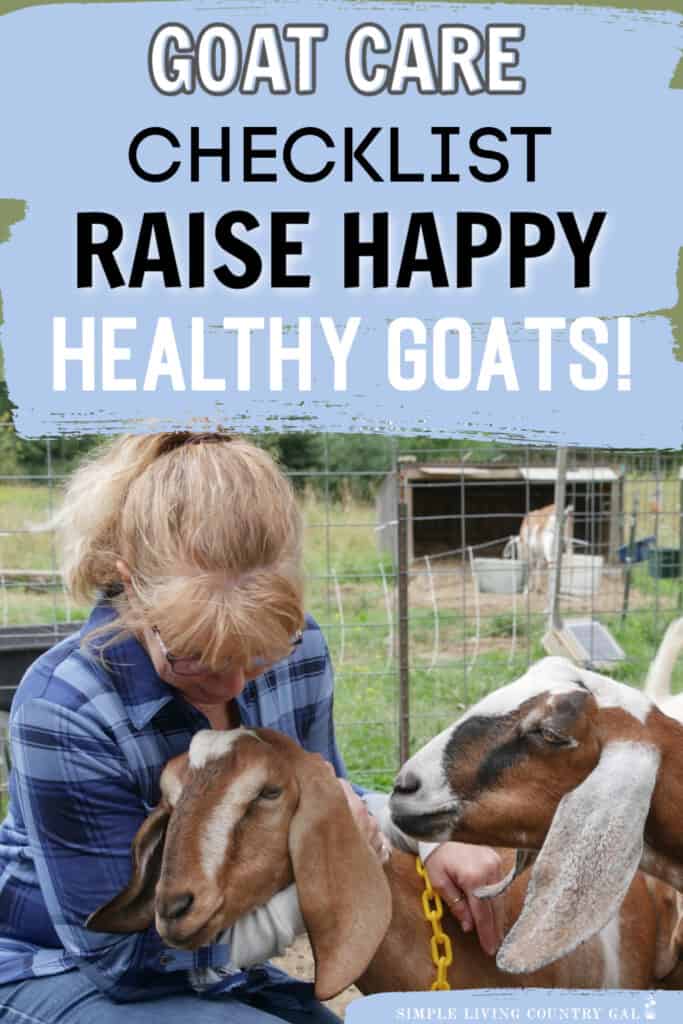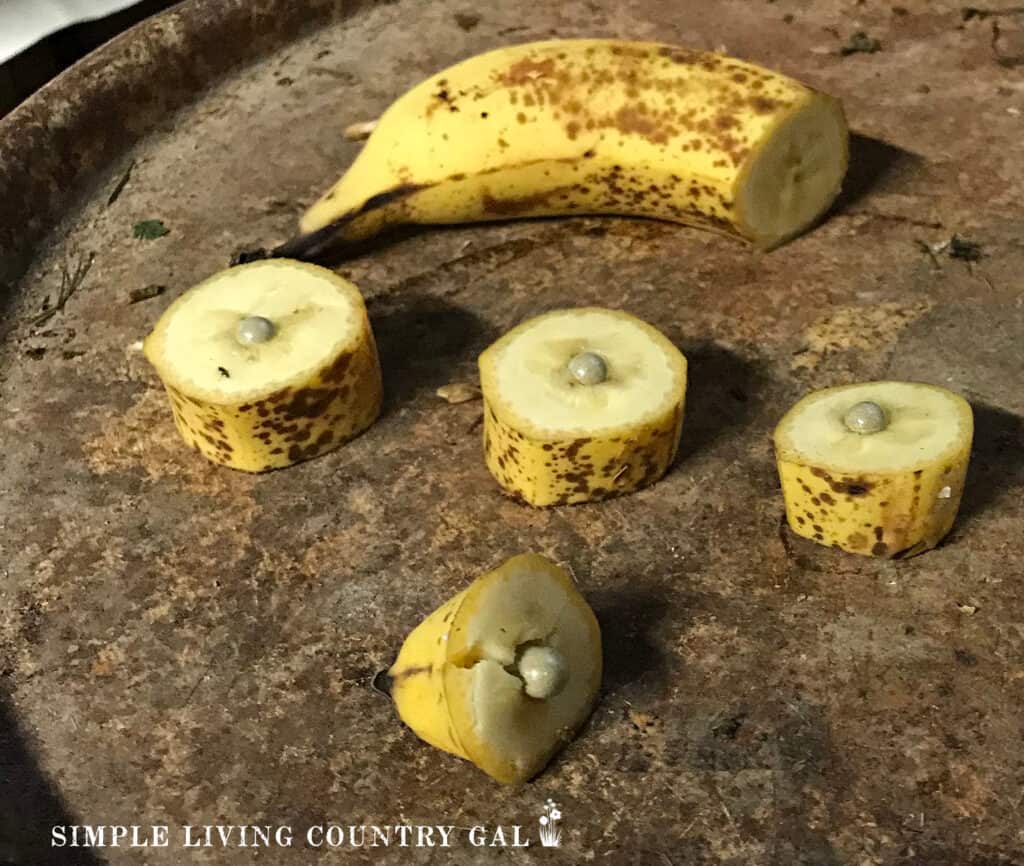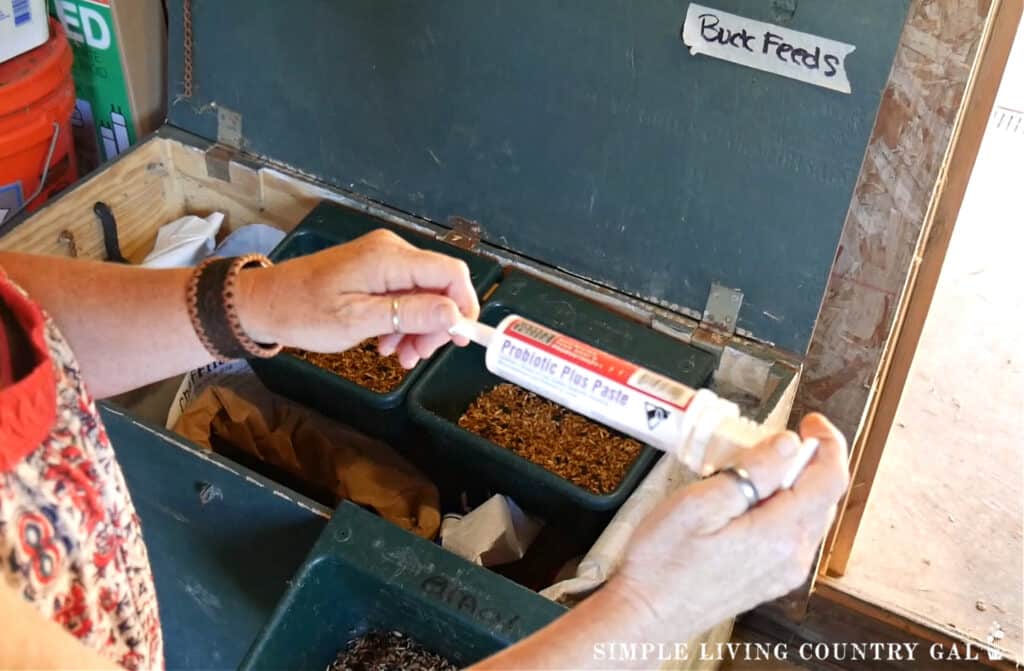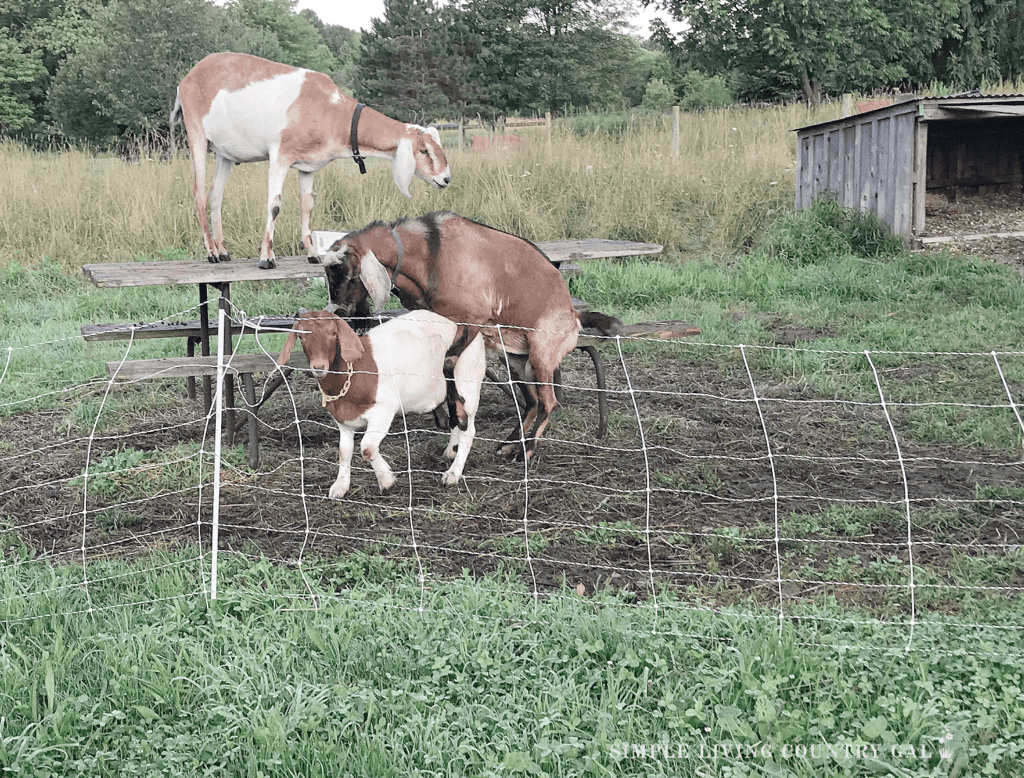goat care checklist
Having goats is a fun way to add livestock to your homestead. Not only are they entertaining they come with many homesteading perks. Fresh milk that you can use for cheese, soap, baking, drinking, and more. This goat care checklist will help you to raise healthy and happy goats all year long.
How to raise dairy goats on your homestead that are thriving and healthy.

Raising goats on a homestead can be a lot of work, but it is also incredibly rewarding. These intelligent and curious animals quickly become part of the family, making them just as much our pets and a working part of our homesteads.
Keeping your goats happy and healthy requires regular care and attention, but don’t let this deter you! With a list of routine tasks, you’ll have a plan that you can stick with all year long.
Daily Goat Care Tasks
As with any animal, daily tasks are crucial to your goat’s health and happiness. Let’s go over the daily tasks for raising goats.
- Check on your goats each day and ensure everyone is up and moving at their normal pace.
- Change out their water.
- Give fresh hay.
- If you feed your goats grain, give them their daily portion.
- Check on their minerals and replenish them if needed.
- Take note of any changes in appetite or behavior – one of the most common signs of illness in goats is loss of appetite.
- Lastly, take the time to interact with your goats daily.
The more hands-on you are with your goats, the more people-friendly they will be. Friendly goats are much easier to take care of and perform routine maintenance on. Hands on simply means touching and petting your goats. Not all goats like to be touched, so the more you can help them feel comfortable with your hands, the easier it will be to offer care.
Be sure to grab the FREE Goat Health Checklist Below!
The best time to touch your goats is as they are eating. The distraction that the food gives them will allow you a bit of time to pet and stroke them.
READ: How to Raise People Friendly Goats
Weekly Goat Care Tasks
Weekly tasks for goat care involve cleaning. The cleaner you can keep things, the better your herd will be.
- Spot clean pens and in new fresh bedding if needed.
- Wash all water bowls and feed bowls. Allow them to dry in the sun as it acts as a natural deodorizer.
- Check for signs of worms or parasites. Look at their inner eyelid to ensure the membrane is a nice watermelon color. Also, check their feces to see if they are berries. If you find running poo, you will want to do more investigative work.
- Pet and touch your goats so you can monitor their body condition.
- Replenish feed supplies.
- Replenish vitamins, minerals, and supplement supplies.

Monthly Goat Care Tasks
Monthly care tasks include a few heavier projects that you may want to have help to perform. If you do not have a milk stand for routine maintenance, you can use a short lead tied to a fence.
Always offer food or treats when doing care so your goats enjoy the experience. This will make them more willing for routine care in the future.
- Check hooves and trim where needed.
- Clip any goat udders for cleaner milking.
- Check eyelids and gums for pale color. This is a sign of anemia or worm overload.
- Walk the fence line and do any maintenance needed.
- Check pens for any issues.
- Clean off fans and any air vents.
- Adjust your goat’s feed to support a healthier herd.

How often should you check your goats’ teeth?
You should check your goats’ teeth regularly to ensure they are not causing pain or discomfort. Goats do not have upper teeth in the front of their mouth, so you will mainly check their lower teeth, where they have 8.
If you have a goat who is losing weight, check its teeth for any issues.
Seasonal Goat Care Tasks
Finally, seasonal tasks for goat care include breeding preparation, birthing, and rut management.
- Prep a separate area for bucks that are in rut to protect does from accidental breeding or a young bucks over eagerness.
- Before breeding season, you may need to adjust your goat’s diet and condition to help ensure a successful pregnancy. Get more breeding prep tips here.
- Prepare for birthing season for any goats that are due to kid. This will give them a private protected area where you can monitor and intervene if needed.
- Train new goat kids on your electric fence.
- Sell any off spring.
- Purchase new stock.
More Goat Kidding Resources:

Raising goats on your homestead can be incredibly rewarding, but it requires regular care and attention to ensure your goats are happy and healthy. By breaking down your care tasks by timeframe, you can ensure that each aspect of goat care is taken care of in a timely and organized manner.
Remember to routinely check for any changes in your goats’ behavior or health – early detection can prevent larger health issues down the road.
